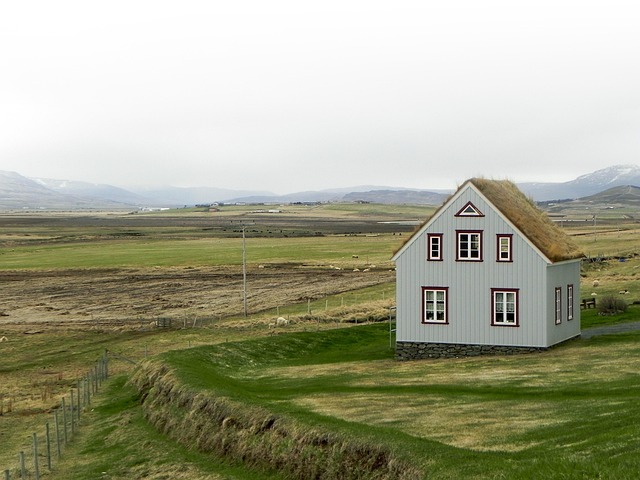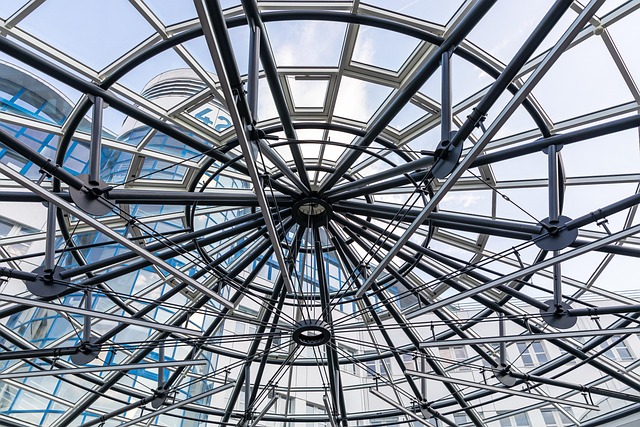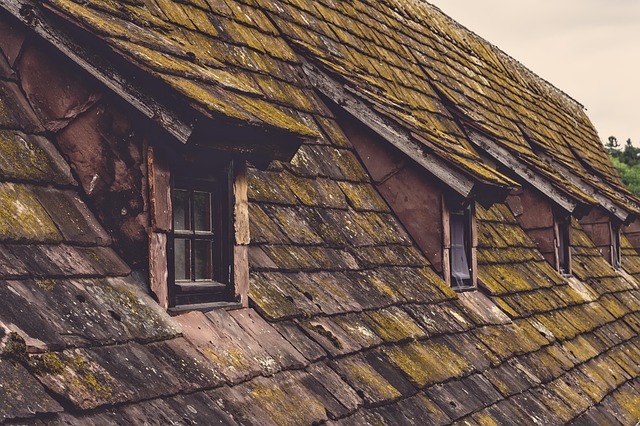A robust commercial roof installation is crucial for business expansion, preventing costly mistakes. Commercial roofs require consideration of size, weight, and heavy loads. Key factors include roof type (flat, metal, low-slope), climate, budget, and professional installation ensuring drainage, insulation, and ventilation. Choosing experienced contractors with high-quality materials and a proven track record is essential. Proper assessment, measurement, and selection based on climate, design, and budget lead to durable, safe, and code-compliant installations. Different roof types like metal, flat (EPDM, TPO), and concrete tiles offer unique advantages. Cost considerations balance aesthetics, functionality, and longevity with material choices, labor rates, and customization. Regular maintenance ensures a well-chosen roof's long-term protection and operational efficiency.
When businesses plan construction or expansion projects, one critical aspect often overlooked is the choice of a new commercial roof. This comprehensive guide delves into the essential elements of commercial roof installation, offering insights for informed decision-making. From understanding specific needs to selecting the right roofer and choosing durable materials, each step ensures a robust and cost-effective solution. Explore key factors, processes, types, costs, and maintenance tips to navigate this crucial investment efficiently.
- Understanding Commercial Roof Installation Needs
- Key Factors in Choosing a Roofer
- The Process of Commercial Roof Installation
- Common Types of Commercial Roofing Materials
- Cost Considerations for Commercial Roofers
- Maintenance and Longevity of Installed Commercial Roofs
Understanding Commercial Roof Installation Needs

When businesses plan for construction or expansion, one of the most critical components is ensuring a robust and reliable commercial roof installation. Understanding the unique needs of this process is essential to prevent costly mistakes and future issues. Commercial roofs differ significantly from residential ones due to their size, weight, and the heavy loads they bear, including additional equipment and snow in colder climates.
Business owners must consider various factors when selecting a new roof install service. The choice of commercial roof types, such as flat, metal, or low-slope roofing, depends on building design, climate, and budget. Roof build services should offer expertise in these different styles to guarantee a suitable, long-lasting solution. A professional team will also account for necessary components like drainage systems, insulation, and ventilation, ensuring the roof not only protects against weather but also supports energy efficiency.
Key Factors in Choosing a Roofer

When businesses are considering a new commercial roof installation or expansion, selecting the right roofer is paramount. Key factors in choosing a roofer include their experience and expertise in handling large-scale projects, access to high-quality materials, and a proven track record of successful completions. It’s crucial to ask for references and examples of previous work to gauge their capabilities.
Additionally, understanding different commercial roof types and the roof build services offered by potential contractors can aid in making an informed decision. A roofer proficient in various roofing systems, from flat roofs to metal or rubber options, can cater to specific business needs. They should also provide transparent estimates, ensuring you’re aware of all costs involved in the new roof install process, including warranties and guarantees for peace of mind.
The Process of Commercial Roof Installation

When businesses plan for construction or expansion projects that involve a new or replacement commercial roof, they embark on a meticulous process designed to ensure durability, safety, and compliance with local building codes. The journey begins with assessing the existing structure, taking measurements, and selecting the most suitable commercial roof type based on factors like climate, building design, and budget constraints. This crucial step sets the foundation for the entire installation process.
Next, a detailed plan outlining every aspect of the new roof install is developed, encompassing everything from material procurement to labor allocation. Skilled roofing professionals then take charge, meticulously preparing the surface, installing underlayment, flashing, and drainage systems. The actual roof covering placement involves careful alignment and sealing to guarantee water-tightness. Once complete, thorough inspections are conducted to verify compliance with industry standards and ensure a safe, long-lasting commercial roof that protects the business below from the elements.
Common Types of Commercial Roofing Materials

When it comes to commercial roof installation, several materials stand out for their durability, aesthetic appeal, and cost-effectiveness. Metal roofing is a popular choice among businesses due to its longevity and resistance to extreme weather conditions. Steel and aluminum are commonly used alloys, offering a wide range of colors and finishes to suit various architectural styles.
Another common commercial roof type is flat roofing systems, often comprising materials like EPDM (ethylene propylene diene monomer) or TPO (thermoplastic olefin). These synthetic membranes provide an affordable and low-maintenance option for large, flat surfaces. Additionally, concrete tiles have been a traditional favorite for their durability and versatility, allowing for intricate designs and patterns, making them suitable for both modern and historic buildings. Each material has its unique advantages, catering to different business needs during the construction or expansion phase.
Cost Considerations for Commercial Roofers

When businesses look to construct or expand their facilities, one of the most significant financial considerations is the cost of a commercial roof installation. This expense can vary greatly depending on several factors, including the size and complexity of the project, chosen materials, local labor rates, and the level of customization required. Businesses must weigh these aspects carefully to ensure they secure competitive bids from reliable commercial roofer providers.
The selection of appropriate commercial roof types plays a pivotal role in balancing aesthetics, functionality, and longevity with budget constraints. Flat roofs, for instance, are common choices due to their cost-effectiveness and suitability for various building designs, but they demand meticulous maintenance. In contrast, sloped roofs offer better drainage but tend to be pricier to install and maintain. Additionally, roof build services may include underlayment, flashing, ventilation systems, and other components, each adding to the overall cost of a new roof install while contributing to the structural integrity and longevity of the building’s exterior.
Maintenance and Longevity of Installed Commercial Roofs

When businesses undertake construction or expansion projects, a key aspect to consider is the maintenance and longevity of the installed commercial roof. A well-chosen commercial roof installation should not only offer protection against weather conditions but also stand the test of time. Regular maintenance plays a crucial role in ensuring the longevity of these roofs. Businesses should implement a structured maintenance plan that includes routine inspections, cleaning, and repair to identify potential issues early on.
Different commercial roof types have varying lifespans, so it’s essential to understand the specific advantages and disadvantages of each option. Flat roofs, for instance, require less maintenance but are more susceptible to leaks and damage from heavy objects. Steep-sloped roofs, while offering better protection against weather, demand specialized installation and regular upkeep due to their complex design. Choosing the right roof build services that cater to these unique needs is vital for a new roof install that ensures the safety and operational efficiency of the business in the long term.
